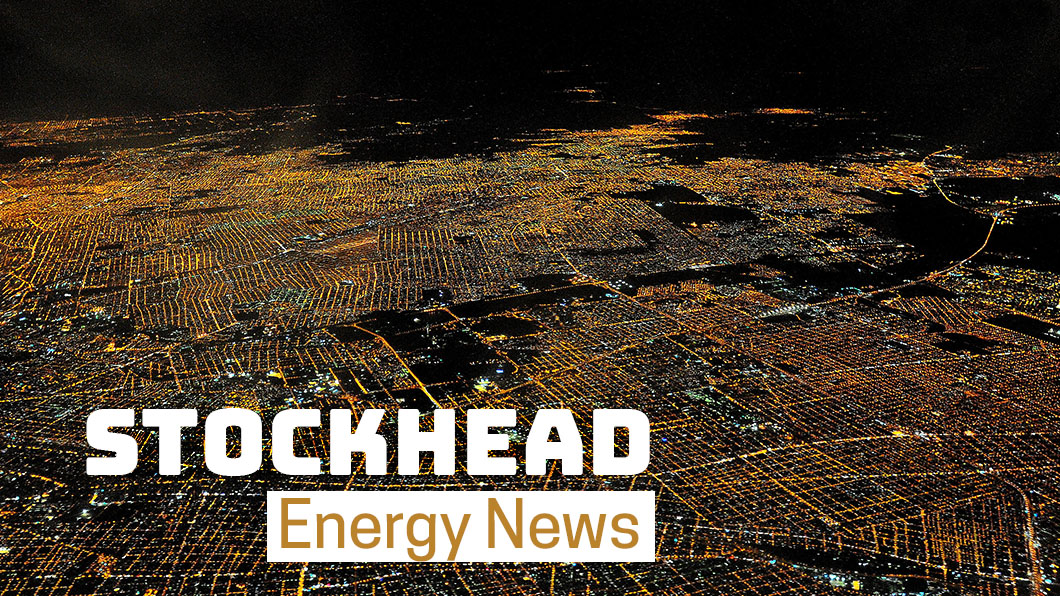Will we start seeing the hydrogen future in 2021?

Pic: Matthias Kulka / The Image Bank via Getty Images
Hydrogen has been advertised as a fuel that will take us into the low emission future by replacing hydrocarbons such as oil and natural gas.
There are several advantages to using hydrogen, chief of which is that the only emission from burning hydrogen is water.
Hydrogen can also conceivably be dispensed at pumps like petrol, which would allow hydrogen vehicles to be refuelled as quickly as their fossil fuel-powered counterparts.
This is distinct advantage over electric vehicles, which require long recharge times. Even fast charging requires between 20 to 30 minutes before reaching a partial charge sufficient for most requirements.
It is also more suitable for long-distance transport and aircraft.
However, there are also a number of challenges.
Firstly, hydrogen needs to be produced before it can be used. Brown hydrogen – the ‘dirtiest’ method – is created through coal gasification while grey hydrogen is produced from natural gas.
The latter is known as blue hydrogen if the carbon waste is captured and stored.
However, the holy grail of the future is green hydrogen, which uses renewable energy to power electrolysers to break down water into oxygen and hydrogen.
This process requires a lot of energy, which means that it will be some yet before green hydrogen production becomes cost competitive.
Hydrogen also has less energy density than natural gas, which requires it to be compressed when used in vehicles.
These are certainly significant challenges, but hardly insurmountable for the hydrogen future.
Hydrogen in 2020
So what are some of the most read hydrogen stories on Stockhead in 2020?
Here’s a bit of a summary.
Do hydrogen investments show the sector is gaining traction?
Paging back to the first quarter of the year, we found that Australia’s hydrogen sector was gaining traction with the Australian Renewable Energy Agency (ARENA) providing Yara Pilbara Fertilisers $995,000 in funding to support a study into the production of renewable hydrogen and ammonia at the company’s existing ammonia production facility in the Pilbara.
Since then, Yara and its partner Engie have kicked off development for a large-scale renewable and ammonia project.
Andrew ‘Twiggy’ Forrest’s FMG, ATCO to power up the hydrogen revolution
Fortescue Metals (ASX:FMG) is one of Australia’s largest miners, so it is unsurprising that it would make a splash with its collaboration with ATCO to construct and operate a combined hydrogen production and refuelling facility.
This initial facility will provide ATCO, Fortescue and agreed third parties with the means to refuel hydrogen-powered vehicles including a fleet of Toyota Mirai fuel cell electric vehicles that have been made available by Toyota Motor Corporation Australia.
Hydrogen, battery metals win big in China’s $7 trillion plan to be carbon neutral by 2060
China, just the world’s most populous country, has committed to becoming carbon neutral by 2060 and the big winners to help it achieve this lofty goal are battery metals and hydrogen.
Consultancy Wood Mackenzie estimated that Chinese production of hydrogen could grow five-fold to about 150 million tonnes per annum by 2050, distributed evenly between blue and green hydrogen.
Earlier this year, a “strong and rising opinion” at the ‘Two Sessions’ National People’s Congress and Chinese People’s Political Consultative Conference were reportedly for hydrogen to feature in next year’s 14th five-year plan.
Another consultancy, McKinsey, believes that Australia could have a large enough hydrogen industry in the future for exports around 2040 if it starts building now.
South Australia gets its first hydrogen plant, more planned around Australia
South Australia has skipped ahead of the pack with the construction of a plant in Adelaide that will produce green hydrogen that will be blended into the local natural gas supply network.
The plant will cater to both industrial and residential customers, demonstrating the wider potential for the carbon-free gas.
The future fuel?
So 2021 likely to be see the hydrogen future become reality?
Toyota is planning to introduce its new Mirai hydrogen fuel cell car as a fleet vehicle in Australia, a move that is likely influenced by the lack of hydrogen refuelling stations in the country.
Probably a good thing that it is expected to be good for nearly 650km between top ups.
Despite this, the new vehicle is likely to provide some impetus for more refuelling stations to be built, which will in turn increase the future attractiveness of the vehicle.
Investment has also been increasing, a trend that is likely to continue in 2021.
This is crucial given that the current investment and production are not forecast to keep up with demand according to renewable energy think tank the Institute for Energy Economics and Financial Analysis.
Related Topics

UNLOCK INSIGHTS
Discover the untold stories of emerging ASX stocks.
Daily news and expert analysis, it's free to subscribe.
By proceeding, you confirm you understand that we handle personal information in accordance with our Privacy Policy.








